Industrial Report: Tariffs Fuel Uncertainty Within Sector
Rising trade tensions are disrupting the industry, driving up costs and impacting supply chains, the latest CommercialEdge report shows.
Rising trade uncertainty and new tariffs are set to have a significant impact on the industrial sector, according to the latest CommercialEdge report.
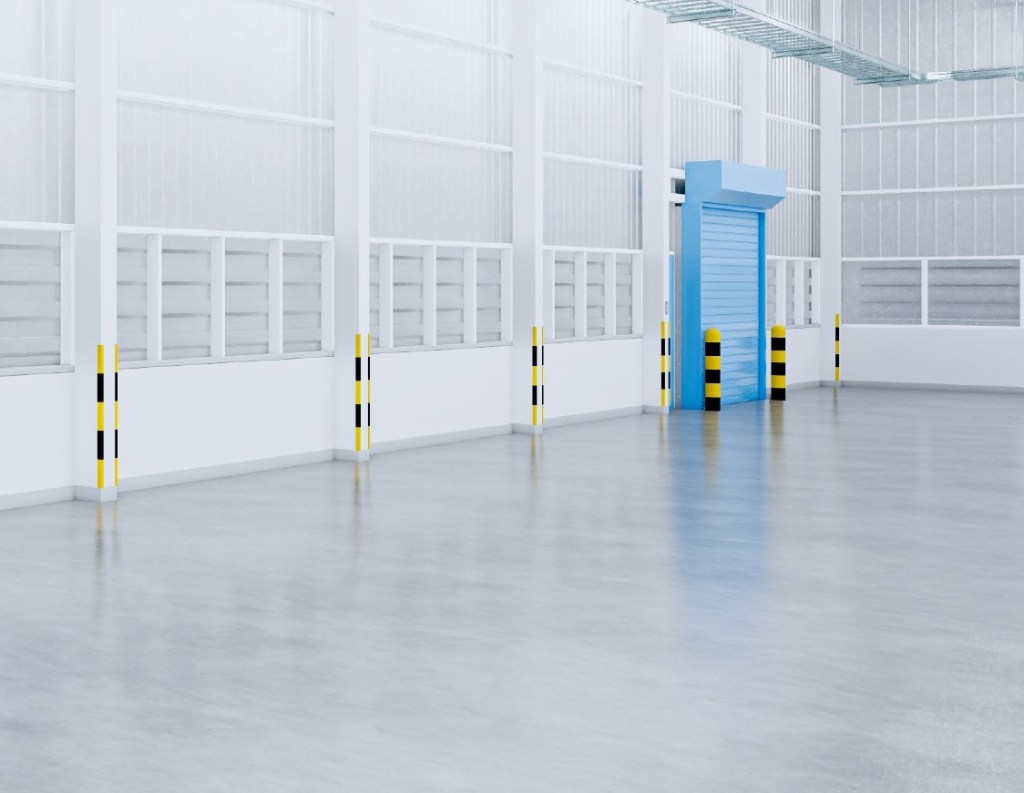
In early February, the new administration imposed a 10 percent tariff on China and 25 percent on Mexico and Canada, later pausing certain tariffs on North American imports until April 2nd, when reciprocal tariffs of as much as 50 percent were announced for almost all the country’s trade partners. With China, Canada and Mexico accounting for over 40 percent of U.S. imports—plus the recently announced additional tariffs on European goods—businesses are bracing for widespread effects.
Retaliatory tariffs on American exports could further disrupt manufacturers and supply chains. The Economic Policy Uncertainty Index recently hit record highs outside the pandemic, reflecting growing instability. Anticipating higher costs, companies rushed to stockpile goods, pushing container imports at top U.S. ports up 18 percent year-over-year in January.
While tariffs could drive long-term reshoring of manufacturing, short-term effects include delayed leasing decisions and rising construction costs. Industrial development had already slowed, and with interest rates still high, uncertainty may continue weighing on new projects.
READ ALSO: US Economy Moves Forward
As of February, 344.9 million square feet of industrial space was under construction nationwide, representing 1.7 percent of total inventory, according to CommercialEdge data. Groundbreakings slowed significantly last year, a trend expected to persist as demand normalizes and tariffs drive up material costs.
Phoenix led the country in industrial development, with 3.7 percent of its inventory—16.1 million square feet—underway. Other active markets included Memphis, Tenn. (3.5 percent or 10.5 million square feet), Kansas City, Mo. (3.4 percent or 10 million square feet), Dallas-Ft. Worth (2.3 percent or 23.7 million square feet), and Denver (2.2 percent or 6.2 million square feet).
In the first two months of 2025, industrial property sales totaled $6.1 billion, with assets trading at an average of $127 per square foot. Between 2019 and 2022, the national average sale price for industrial properties jumped 54 percent, but growth slowed to just 5 percent from 2022 to 2024.
Industrial rent growth slows
In February, the average national in-place rent for industrial space reached $8.43 per square foot, marking an eight-cent increase when compared to January and a 7.1 percent rise year-over-year, according to CommercialEdge data. Southern California markets continued to cool, with in-place rents climbing 8.9 percent year-over-year in the Inland Empire and 7.7 percent in Los Angeles. The highest annual rent increases were recorded in Columbus, Ohio (14.1 percent), New Jersey (11.3 percent) and Nashville, Tenn. (10.0 percent).
The gap between new leases and the average rent across all leases stood at $2.13 in February. This premium has gradually declined in recent quarters as rising vacancies have given tenants more negotiating power. Meanwhile, the vacancy rate rose to 8.2 percent in February, up 20 basis points from the previous month. Over the past two years, the rate has doubled due to an influx of new supply hitting the market while demand has stabilized.
Read the full CommercialEdge report.

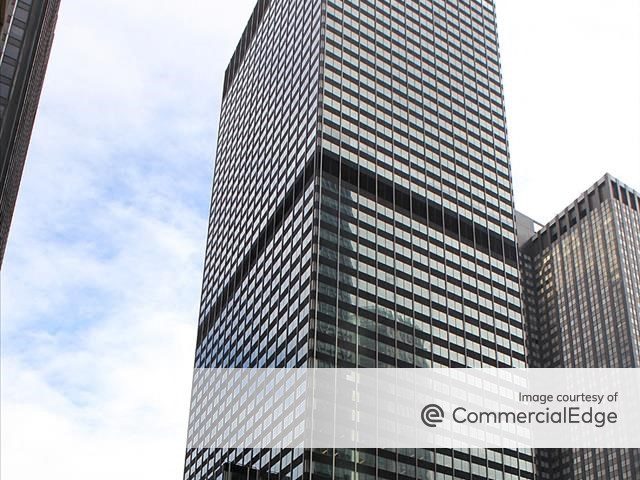

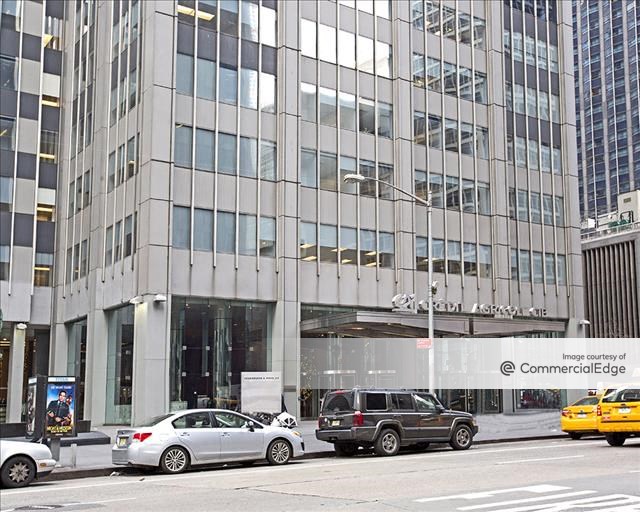
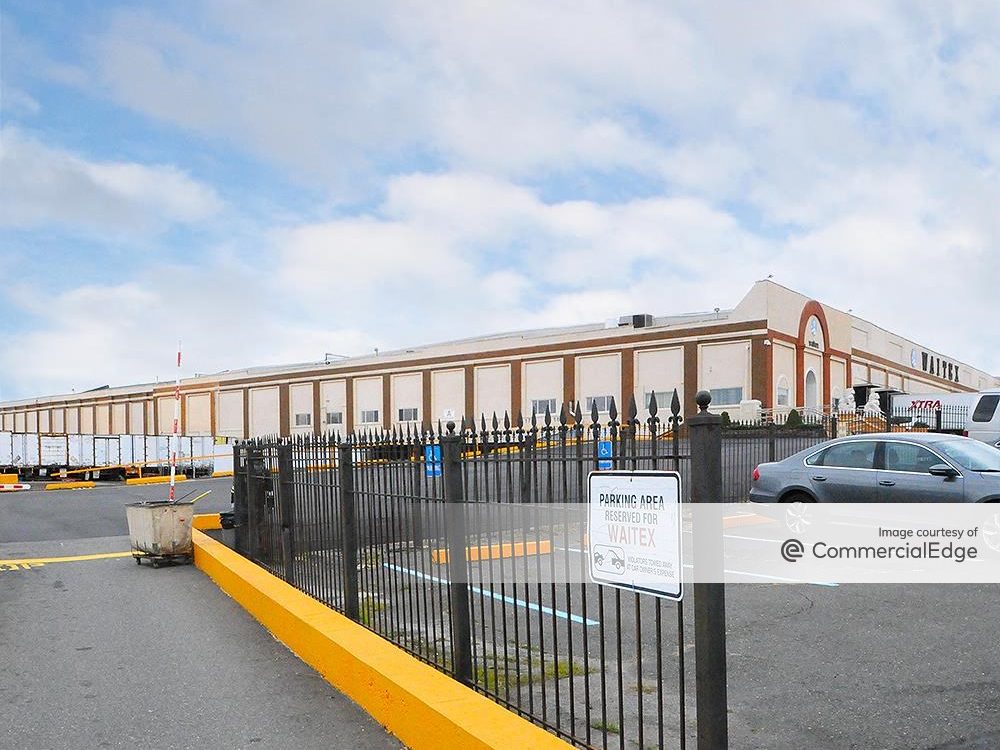
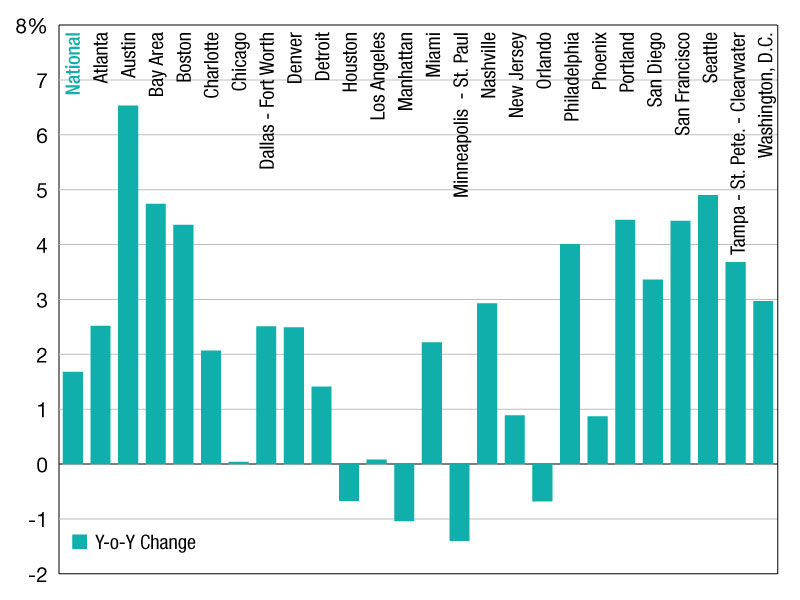
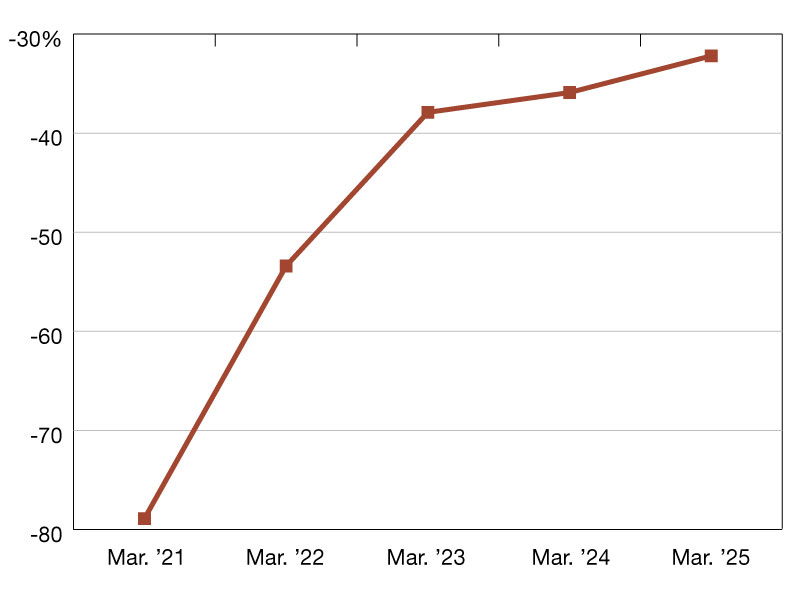
You must be logged in to post a comment.